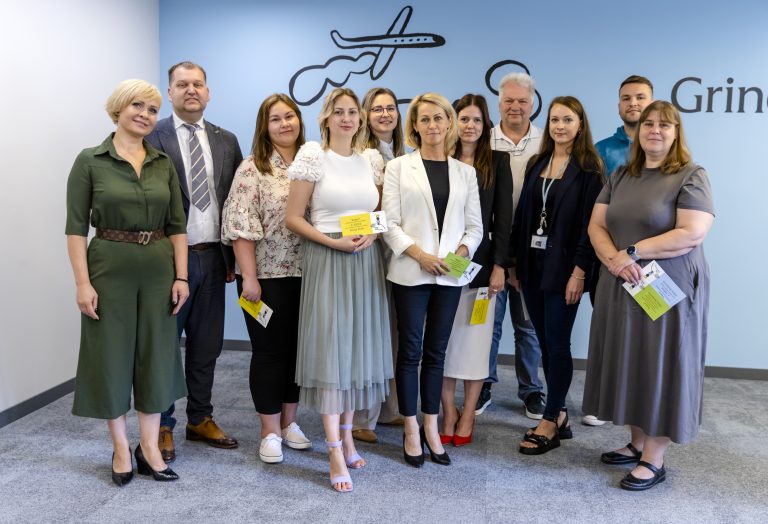Your companies’ regular salary package is outstanding. The extra material benefits that the employees of your company reap at the end of a quarter is second to none. You recognize the top-performers by acknowledging their contributions via “Employee of the ‘X’” program and pay decent year-end bonuses.
Even so, it is possible that your competitive edge and metrics that monitor success are less than what you set out them to be. Since a lot of it usually comes down to the human factor and capital, maybe it is the current employee recognition programs at your organization need (re)work. In today’s nuanced workplace environments, limiting recognition to material gains (don’t get us wrong they still hold a lot of weight) is not enough to drive productivity and employee engagement. For example, Harvard business review (HBR) reports are suggesting that meaningful work is just as important for employees as money. Your teams need “recognition” and “praise” to factor in the daily routine of your company culture.
The point being is that if a company is able to meaningfully recognize and reward the job done by its employees across all levels it will be able to retain and grow individuals that will help the organization reach its goals and rise to the next level.
Meaningful recognition:
At some point in our careers, we all felt that impersonal, un-authentic, and insincere “Thanks for what you’re doing for the company”. Some managers recognize and elevate a legal entity more than the people working there. It is the opposite of meaningful acknowledgment. This is what you should avoid when building a meaningful recognition program. To get a sense of what an employee recognition program should be structured on, look no further.
Characteristics for effective recognition system:
- Promotes motivation – recognizing praise without specificity, leads to vague misinterpretations on behalf of the receiving person. Praise for a task well-executed needs to be supported with at least some data or explanation. You are still going for a personal touch when recognizing a person’s contribution, go the extra mile and be as specific as you can.
- Provides instant feedback – If you managed to observe a teammate’s contribution first hand, try not to wait too long before recognizing it. The daily routine can be stressful and when we tend to forget to give out praise on time, we may end up not giving it altogether.
- Uses gamification elements – unless specific to an organization, employees in a company don’t expect them to be recognized for their joggling or poetic inclinations. Individuals recognize meaningful praise when it relates to their skills and the added value they bring to the environment, that’s what you should be going for.
- Public and visible – while one-on-ones bring more to the interpersonal relationship between co-workers, public praise has a much higher impact in terms of recognition. It is also a morale boost for the team since it encourages going for excellence and dedication at the workplace.
- Connected to tangible rewards – tangible rewards like bonuses, gift certificate tickets go hand in hand with formal appraisal. It is what “translating words into action” means for many employees and companies should establish recognition programs that utilize material rewards alongside the human touch.
Copy-pasting template recognition programs isn’t a sustainable solution nowadays. Take the example of quarterly bonuses – while always appreciated they don’t fit any of the criteria except “tangible rewards”, thus can’t be considered as meaningful recognition. Try to create programs that incorporate most of them, not a few of them. Once you do that, tailor appraisal and acknowledgment programs to the unique environment and culture that is your company, no matter the size. The above-mentioned criteria are the foundation, but it is your responsibility to make sure the process is constantly improved.




